Consumer Reports About-face Brings 'Recommended' Label to Tesla's Model 3

The Consumer Reports review that criticized the Tesla Model 3’s stopping distance and all-consuming touchscreen seems to have sparked CEO Elon Musk’s recent spat with the media, but a change of heart at CR might cause Musk to think twice about his proposed rating site for journalists.
After the automaker improved the model’s 60-0 mph stopping distance by nearly 20 feet (a feat accomplished via an over-the-air software update), the publication bestowed the car with a “recommended” rating, despite lingering concerns over certain features. Maybe the torches-and-pitchforks crowd can clear off CR‘s lawn now.
In the earlier review, two Model 3 testers averaged 152 feet to come to a stop from 60 mph. A dismal result, for sure — that’s worse than a Ford F-150. Tesla argued its own testing returned a result of 133 feet and demanded CR try it again, but only after the automaker performed an OTA update. Pundits scratched their heads after hearing this. An automaker promising a significant handling improvement via software update? Even CR admits it was “unheard of.”
Dutifully, CR tested a Model 3 with the download. The braking test returned a distance of 133 feet — acceptable, and a match for Tesla’s results, but not not class-leading.
According to the publication, a Tesla spokeswoman said the automaker “improved the software for the Model 3’s antilock braking system to adapt to variations in how the brakes might be used and to respond to different environmental conditions.”
The update also brought slight improvements to the usability of the touchscreen (“user interface”) for minor adjustments like steering wheel reach and dash vent positioning. CR argued these functions were unnecessary and distracting. “At first glance, these changes seem to be an improvement, but we need to spend more time evaluating them,” the publication reports.
Ride quality issues are being worked out in production models, Musk claims, while all Model 3s receive the braking and UI updates. Apparently, the Model 3’s tires are jam-packed with air, as Musk tweeted that drivers who find the ride too harsh can drop the PSI from 45 to 39. It would be interesting to see the model’s range after the deflation.
Nathan Bomey, a reporter at USA Today, asked CR’s director of auto testing, Jake Fisher, whether Musk’s anti-media tirade impacted the new recommendation. Fisher and Musk spoke for an hour following the review’s publication. No pressure, Fisher claims.
“There are still other flaws with the vehicle,” Fisher told Bomey. “Those have not necessarily been addressed. It’s not the top in its category but it’s certainly a vehicle that scores high enough to recommend.”
In the wake of the new report, Musk seems to have changed his tune on CR. The CEO praised CR‘s “high quality critical feedback” via Twitter, which is quite a climbdown from the “consistently inaccurate and misleading” label he saddled them with last fall.
[Image: Tesla]

More by Steph Willems
Latest Car Reviews
Read moreLatest Product Reviews
Read moreRecent Comments
- Theflyersfan The wheel and tire combo is tragic and the "M Stripe" has to go, but overall, this one is a keeper. Provided the mileage isn't 300,000 and the service records don't read like a horror novel, this could be one of the last (almost) unmodified E34s out there that isn't rotting in a barn. I can see this ad being taken down quickly due to someone taking the chance. Recently had some good finds here. Which means Monday, we'll see a 1999 Honda Civic with falling off body mods from Pep Boys, a rusted fart can, Honda Rot with bad paint, 400,000 miles, and a biohazard interior, all for the unrealistic price of $10,000.
- Theflyersfan Expect a press report about an expansion of VW's Mexican plant any day now. I'm all for worker's rights to get the best (and fair) wages and benefits possible, but didn't VW, and for that matter many of the Asian and European carmaker plants in the south, already have as good of, if not better wages already? This can drive a wedge in those plants and this might be a case of be careful what you wish for.
- Jkross22 When I think about products that I buy that are of the highest quality or are of great value, I have no idea if they are made as a whole or in parts by unionized employees. As a customer, that's really all I care about. When I think about services I receive from unionized and non-unionized employees, it varies from C- to F levels of service. Will unionizing make the cars better or worse?
- Namesakeone I think it's the age old conundrum: Every company (or industry) wants every other one to pay its workers well; well-paid workers make great customers. But nobody wants to pay their own workers well; that would eat into profits. So instead of what Henry Ford (the first) did over a century ago, we will have a lot of companies copying Nike in the 1980s: third-world employees (with a few highly-paid celebrity athlete endorsers) selling overpriced products to upper-middle-class Americans (with a few urban street youths willing to literally kill for that product), until there are no more upper-middle-class Americans left.
- ToolGuy I was challenged by Tim's incisive opinion, but thankfully Jeff's multiple vanilla truisms have set me straight. Or something. 😉
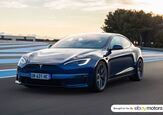
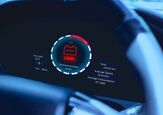

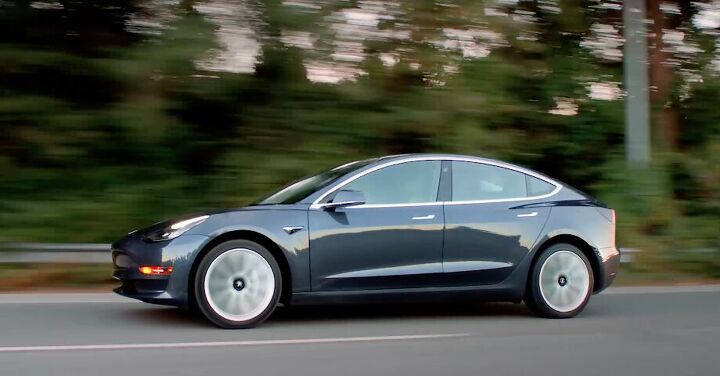













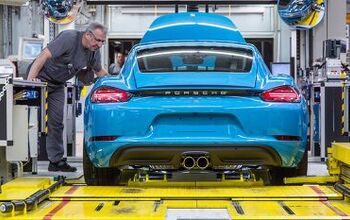
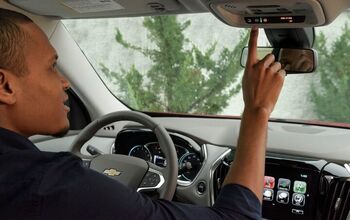
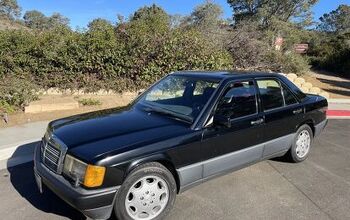
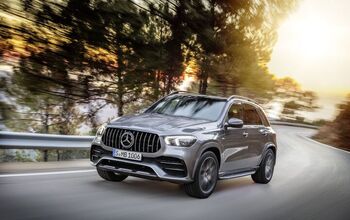
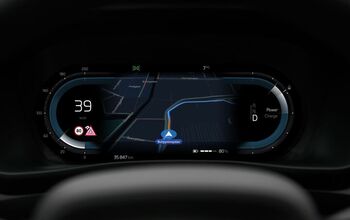
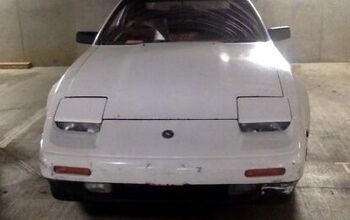

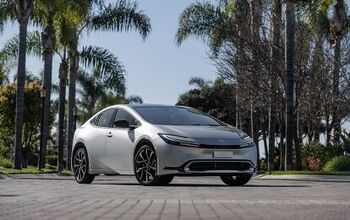
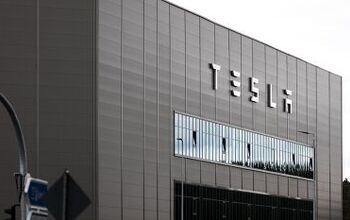
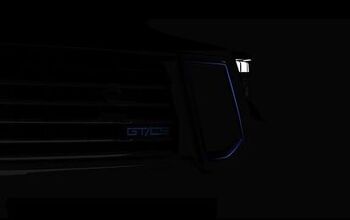
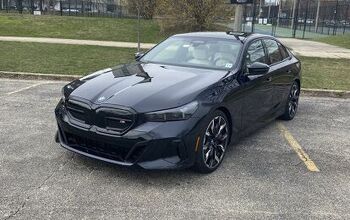

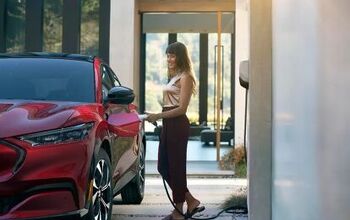
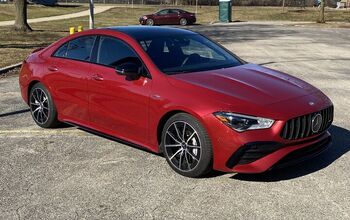
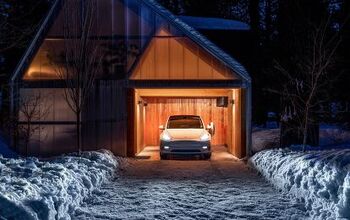


Comments
Join the conversation
I would still have reservations buying a car whose safety features can change via OTA updates so significantly. Plus, I have to think the hydraulic system should be able to bring the car to a halt in a reasonable distance alone since ABS does not shorten braking distances. I wonder what happens when the software crashes? And how does a big honking SUV have better stopping distances? (SRT Durango 115')
Basic physics tells us that the weight of a vehicle does not affect the stopping distance. Greater weight (mass) does require greater force to bring to a stop, but that is offset by the higher friction force, the normal force of the tires against the ground. In practice, larger vehicles tend to have harder tires with a lower coefficient of friction, and poorer brakes. Pickup trucks often have brakes biased for full load operation, yet are tested in unloaded conditions. Large vehicles also often do not have brakes large enough to do the job. A while back, I did a plot of vehicle weights vs stopping distances, using data from the previous 4 years of Road & Track. Results were all over the place. 2 of the best stopping vehicles were the Bentley Continental GT Speed, (5500 lbs) and the Porsche Cayenne (5200 lbs). With sticky tires, and bigger brakes, and optimized brake proportioning, I have no doubt that a F150 would equal the stopping distances of a Porsche. That said, we obviously tolerate poorer brakes on big vehicles, with nary a thought.